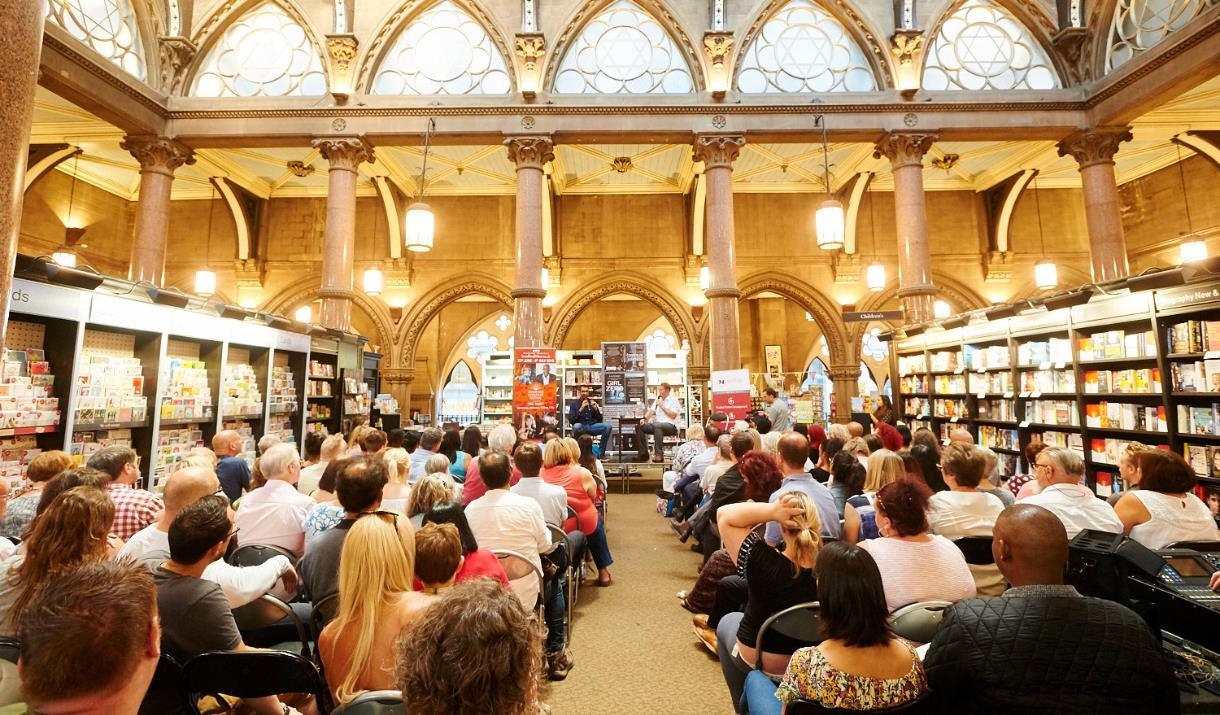
The realisation strikes me as I wrestle to fit my key into the lock on my office door: today I have no memory whatsoever of my journey into work. At my usual time I left the house and got in my car. I drove my usual route to my usual parking space and hopefully I stopped for all the red lights – but in truth I can’t remember any of them. Nor can I remember getting out of my car, locking my car (I hope I did that too) or walking from my parking space to this door, the lock of which is still failing to yield. This, I then realise, is because I am absent-mindedly trying to unlock it with my car key. Rolling my eyes, I reach into my pocket for the correct key… and it is not there.
Now I’m awake, glancing at my watch; 50 minutes until my first meeting of the day (online). This is enough to drive home again, but not enough to drive home, collect my key, and return to this frustrating door. By now I have established that both coat pockets are empty, so I drop to my knees and start to rummage through my bag.
It’s not a disaster if I do have to drive home, I can simply stay there and have a WFH day. I am fortunate, in my current job, to have the privilege of deciding this on a day-by-day basis. Many, I know, would love to work from home but do not have the option, but I prefer the office. The smell of black coffee, seagulls yakking on the roof. Doors open and close as colleagues come and go, keyboards tap, and on and off there is distant hum of student voices emanating from a classroom downstairs. In the hive of activity, I hum too, and I definitely get my work done more efficiently.
I’m interested to analyse this phenomenon through the lens of place attachment. There is a considerable body of research that investigates the way people feel about the spaces that they inhabit – that certain places become meaningful places to be in. Place attachment theorists explore how we can have relationships to places in much the same way that we have relationships to people – feeling a strong pull to return to the familiar, disliking change, and feeling ‘homesick’ for places where we have a strong emotional attachment. Of course, this is usually discussed in relation to the natural world, or to one’s childhood home, or ancestral lands… but why not of the office? Because the heart of place attachment is not really how we feel about places, but how places make us feel about ourselves.
Either for good or for bad, in the office one inhabits a certain sense of self – maybe not a different self to the one that we are at home – but at work, different aspects of that self are valued differently and are allowed to come to the fore. Perhaps I feel this especially because I am a working mum – it can be a relief to leave the home each day and come to inhabit a space where I am valued for more than my ability to know whether or not it’s PE today, or if there’s milk in the fridge. In the office, I can dwell in a version of myself that I enjoy – one that is paid to think and to write and to teach, a part of the university hum.
George Pitcher, in his recent article for Seen & Unseen, challenges managers to ask themselves why they are opposing more junior staff working from home. His discussion hints at this same phenomenon of places shaping identities, and Pitcher proposes that managers might resent junior staff working from home, at least in part, because they feel like their identity as a manager is compromised when they cannot sit in their glass-walled office, gazing out over the rows of worker bees, queen of all they survey. As Pitcher puts it, “…if staff aren’t in the office, then what’s the point of being a boss?”
The Bible too engages with the interplay between one’s sense of self and one’s sense of place. In the Old Testament, before the birth of Jesus, prophets and hymn writers spoke longingly of their homelands, and especially of the temple where they gathered to be assured of their identity as the people of God. “How shall we sing the Lord’s song in strange land?” cries one hymnwriter, exiled far from home, while another writes of how he longs to dwell in the House of the Lord all the days of his life. With this sentiment I can empathise; just as I feel like more of a worker-bee when I am within the hive of the university, I feel I am much more of a Christian when belting out hymns among the Sunday throng than I am among my colleagues at a Monday morning meeting.
And yet the Bible issues a challenge to me here. Because after the Old Testament comes the New, written after the life, death and resurrection of Jesus Christ, and largely after the destruction of the great “Second Temple” that Herod the Great had built in Jerusalem. With the temple gone, and the region subdued under Roman overlords, the New Testament writers make frequent allusions to Christian believers themselves being temples – temples of the Holy Spirit. This means that, as a Christian, I am urged to think of myself as a “place” of God’s presence in the world – and not just for my own sake but for the sake of others. I am not just part of the hum; I change the hum by being in it. The challenge is to gently bring the notes of my Sunday morning hymn to my Monday morning meeting.
A long time ago, when I was a little Brownie-Guide, we used to sing a campfire song called “Bees of Paradise.” It was very short and simple:
Bees of paradise, do the work of Jesus Christ
Do the work that no one can.
As a child, I never understood the words, although I enjoyed the pretty little tune that we sang it to, in the round. It comes back to me now, as I rummage in my bag for a key that I know I’m not going to find, and I return to my childhood habit of pondering the lyrics.
I’ve only got 40 minutes now until my first meeting of the day, it’s time to give up and drive home. Turning resignedly back down the stairs, I resolve to be no less a worker-bee at home than I would have been at the office today. And no less of a Christian either.
Join with us - Behind the Seen
Seen & Unseen is free for everyone and is made possible through the generosity of our amazing community of supporters.
If you’re enjoying Seen & Unseen, would you consider making a gift towards our work?
Alongside other benefits (book discounts etc.), you’ll receive an extra fortnightly email from me sharing what I’m reading and my reflections on the ideas that are shaping our times.
Graham Tomlin
Editor-in-Chief






